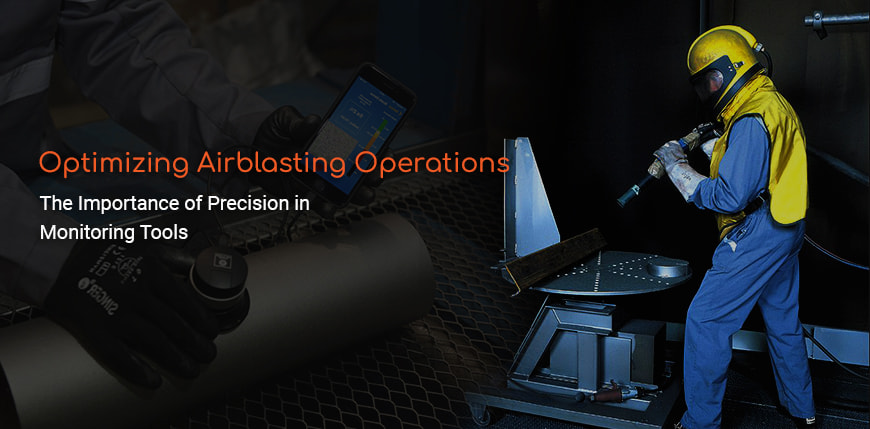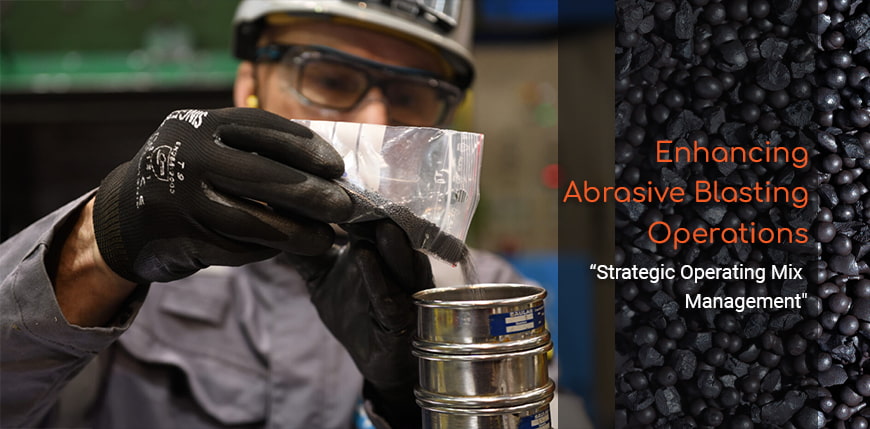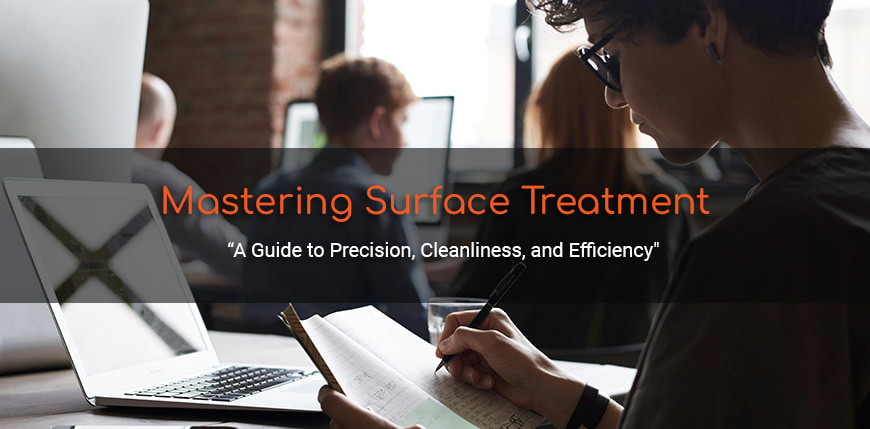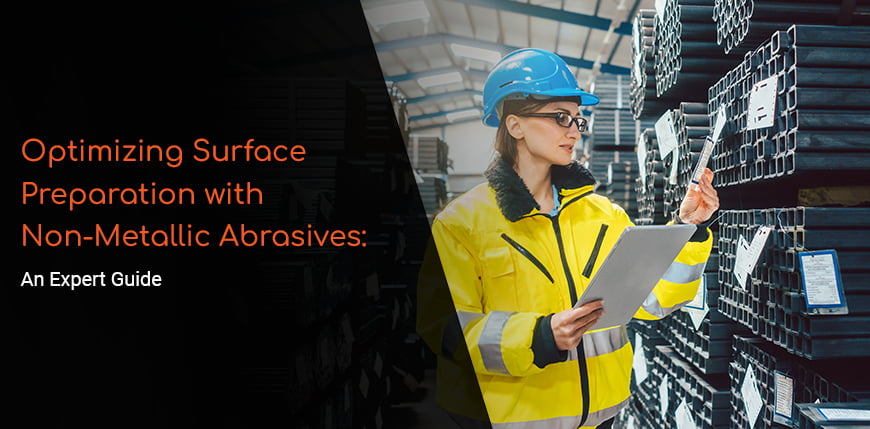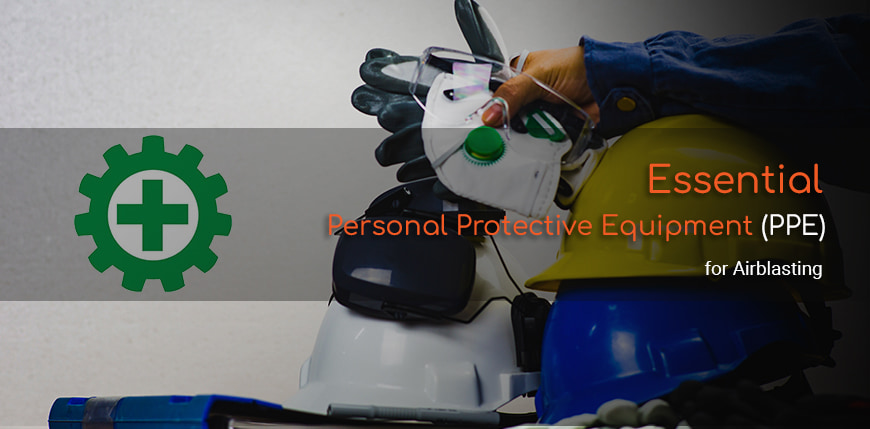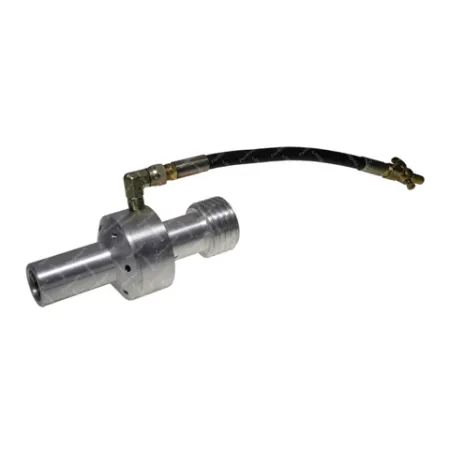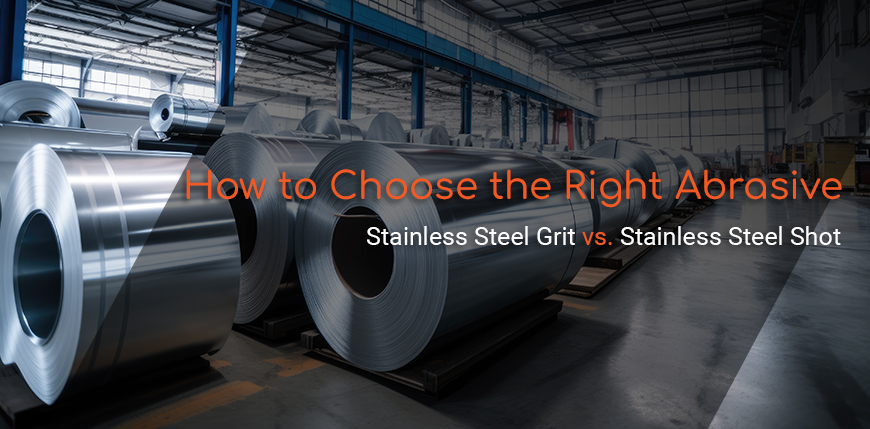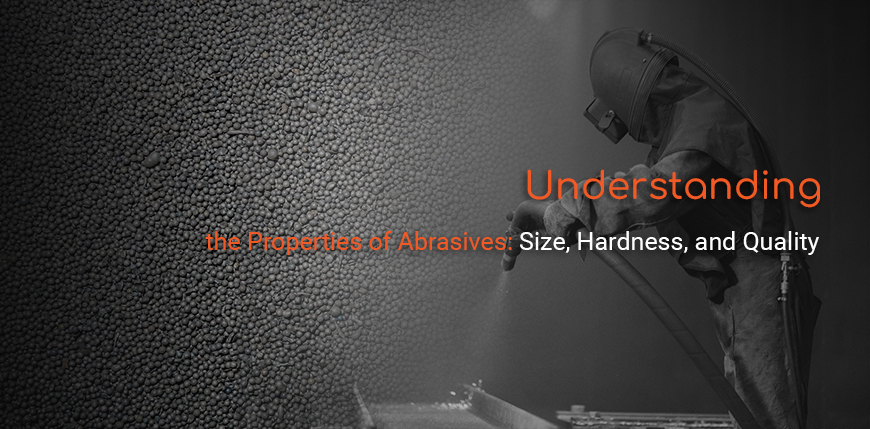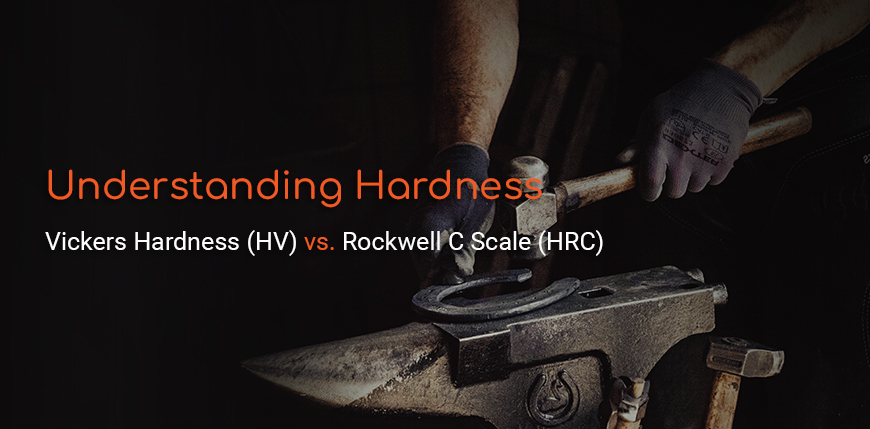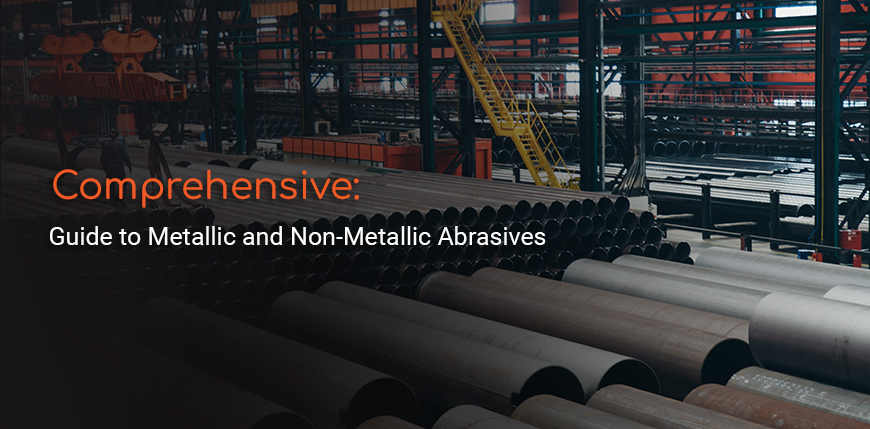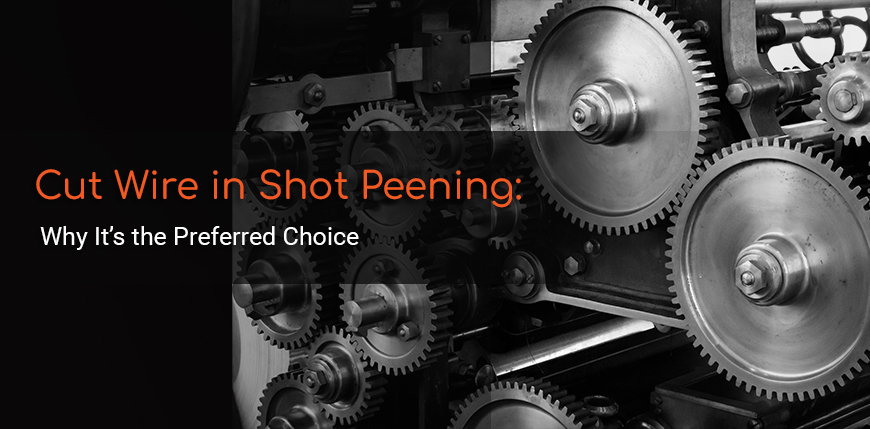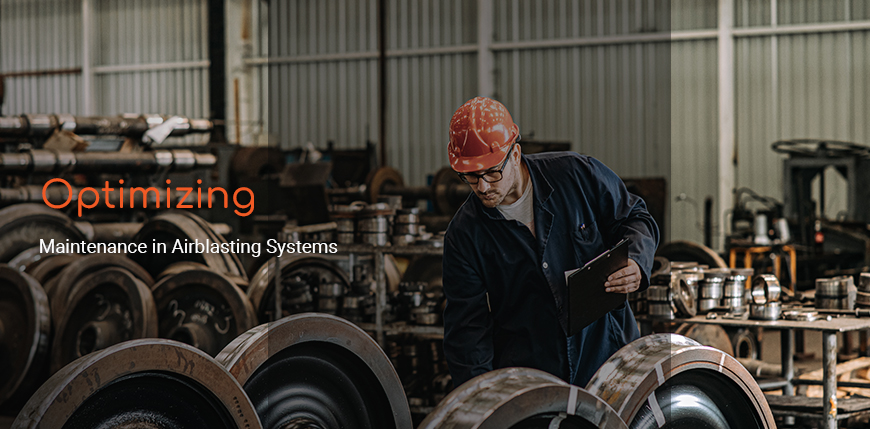
Ensuring that every component, from the hoses to the nozzles, is in optimal condition not only improves the effectiveness of surface preparation but also enhances safety and minimizes downtime of airblasting process. This article explores key maintenance practices for airblasting equipment, the importance of proactive care, and how regular checks can prevent costly breakdowns.
Why Maintenance is Key in Airblasting Systems
Airblasting systems are designed to operate under high-pressure conditions, propelling abrasive materials at high speeds to prepare surfaces for coatings, painting, or other treatments. As with any machinery, wear and tear are inevitable. The abrasives used in airblasting, while effective for surface cleaning, are also harsh on the internal components of the equipment. Without regular maintenance, the system can suffer from reduced performance, safety risks, and higher operational costs.
Key Areas of Airblasting Maintenance
1. Hoses and Connectors:
The hoses in an airblasting system are exposed to high-pressure air and abrasive particles, which gradually wear down the material. It's essential to inspect hoses for cracks, wear marks, or thinning, especially at stress points such as bends and joints.
Tip: Replace hoses when visible signs of wear appear. Also, check for leaks or soft spots that indicate weakening areas prone to rupture. Always ensure that hoses are compatible with the pressure and abrasive being used.
2. Nozzle Maintenance:
Nozzles are a critical component of airblasting systems, and over time, the internal diameter of a nozzle will expand due to the constant flow of abrasive. A worn nozzle not only reduces the system’s efficiency but can also lead to uneven surface preparation.
Tip: Use a nozzle gauge to monitor the internal diameter. Nozzles should be replaced when they are 10% larger than their nominal size, as this indicates significant wear. Regularly inspect the nozzle holder to ensure it is securely fastened.
3. Compressor Maintenance:
The compressor is the powerhouse of an airblasting system, generating the airflow required to propel the abrasive material. Maintenance of the compressor includes checking air filters, cleaning intake valves, and ensuring adequate lubrication.
Tip: Regularly monitor the compressor’s performance to ensure consistent pressure. A drop in air pressure can reduce the effectiveness of the entire system. Ensure that moisture separators are working correctly to prevent water from entering the system
4. Blast Pot and Abrasive Control Systems:
The blast pot and the metering valves are responsible for regulating the flow of abrasive materials. A malfunctioning control system can result in an inconsistent abrasive flow, leading to suboptimal blasting performance.
Tip: Inspect the blast pot for any signs of wear or corrosion. Check the metering valve to ensure it is operating smoothly. If abrasive flow becomes uneven, the metering valve may need adjustment or replacement.
5. Dust Collection System:
A well-functioning dust collection system is essential for both worker safety and system performance. Accumulated dust can clog filters, reduce visibility, and compromise air quality, posing health risks to operators.
Tip: Regularly clean and replace dust filters in the dust collector system. Ensure that the exhaust fan is working properly to maintain air circulation and prevent dust buildup.
The Benefits of Proactive Maintenance
1. Cost Savings:
Proactively maintaining airblasting systems helps avoid unexpected breakdowns and expensive repairs. Regular checks and early replacements of wear parts reduce the need for emergency fixes, which often come at a higher cost.
2. Improved Safety:
Maintenance is crucial for ensuring the safety of operators. Faulty equipment, such as worn hoses or nozzles, can lead to dangerous conditions, including system failure, sudden pressure release, or abrasive leakage.
3. Increased Efficiency:
A well-maintained airblasting system operates at peak efficiency, providing consistent abrasive flow and pressure. This leads to faster job completion, better surface quality, and improved overall productivity.
4. Extended Equipment Lifespan:
Regular maintenance helps extend the lifespan of airblasting equipment. Replacing wear parts before they fail reduces the strain on other components, ensuring the system remains operational for longer periods without the need for major overhauls.
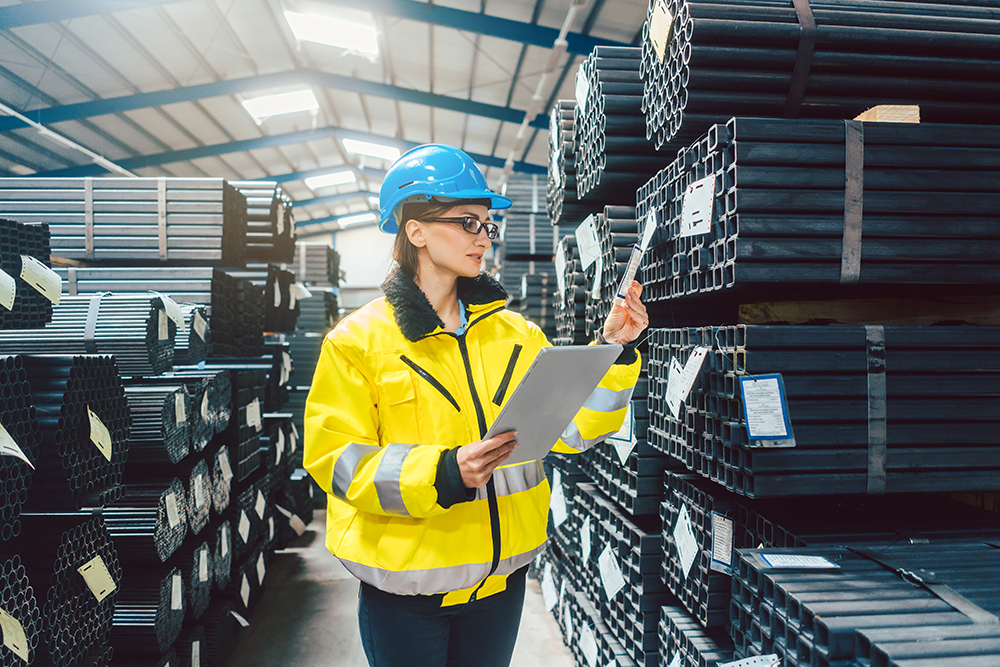

Monitoring Tools for Maintenance
1. Pressure Gauges:
Pressure gauges are essential for monitoring the air pressure in the system. Sudden drops in pressure can indicate leaks or blockages, which need immediate attention.
2. Nozzle Gauges:
These gauges measure the internal diameter of the nozzle to assess wear. Regular monitoring allows for timely replacement before performance drops.
3. Airwash Separators:
These devices are used to separate usable abrasive from dust and fine particles. Regular maintenance of airwash separators ensures the consistent quality of the abrasive mix and reduces waste.
4. Sieve Kits:
Sieve kits are used to measure the size distribution of abrasives in the operational mix. This helps maintain the balance of large, medium, and small particles, ensuring optimal performance.
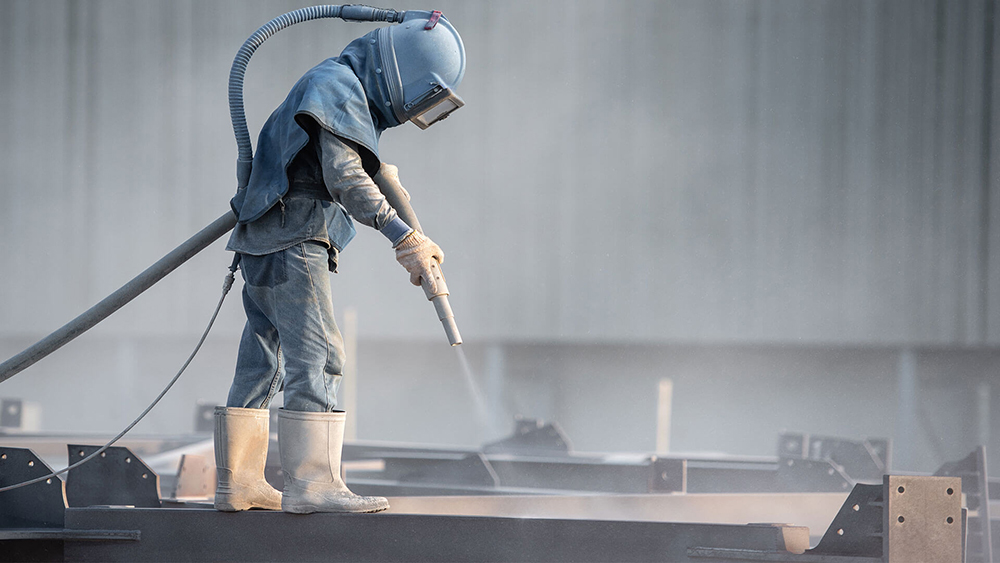

Scheduling Regular Maintenance
Proactive maintenance should be scheduled based on the specific operational demands of your airblasting system. High-intensity operations, such as shipbuilding may require more frequent maintenance, while other industries may allow for longer intervals between checks. Establishing a preventive maintenance plan ensures that critical components are inspected and replaced before issues arise.
Maintaining Airblasting Systems for Maximum Performance
By regularly inspecting hoses, nozzles, compressors, and dust collectors, operators can prevent costly breakdowns and keep the system running smoothly. A proactive maintenance plan not only reduces downtime but also improves surface preparation results, saving both time and money. For the best results, always consult with professionals to establish a tailored maintenance program for your specific airblasting system. Their expertise ensures that your equipment is running optimally and that any potential issues are identified and addressed early.



